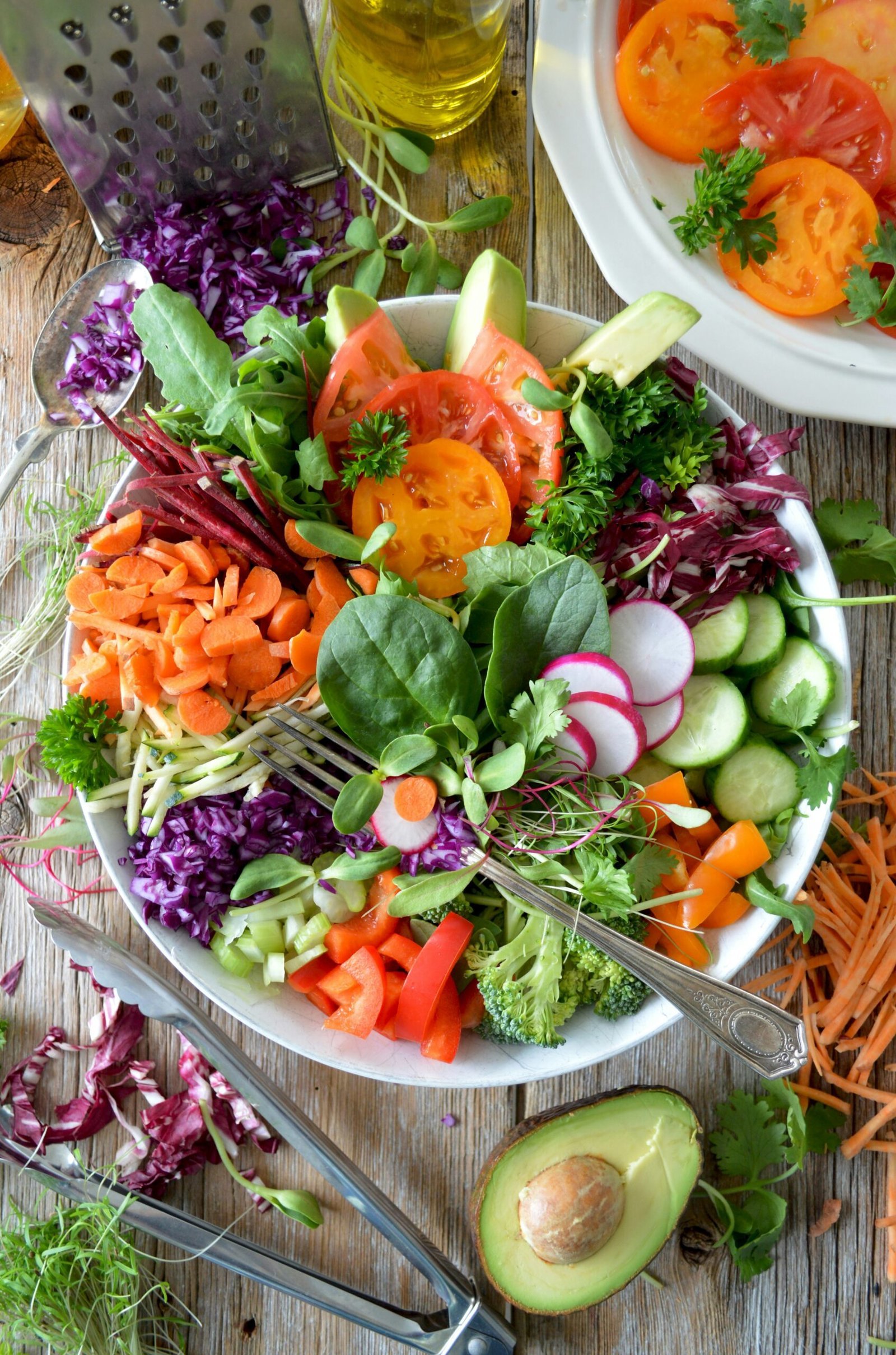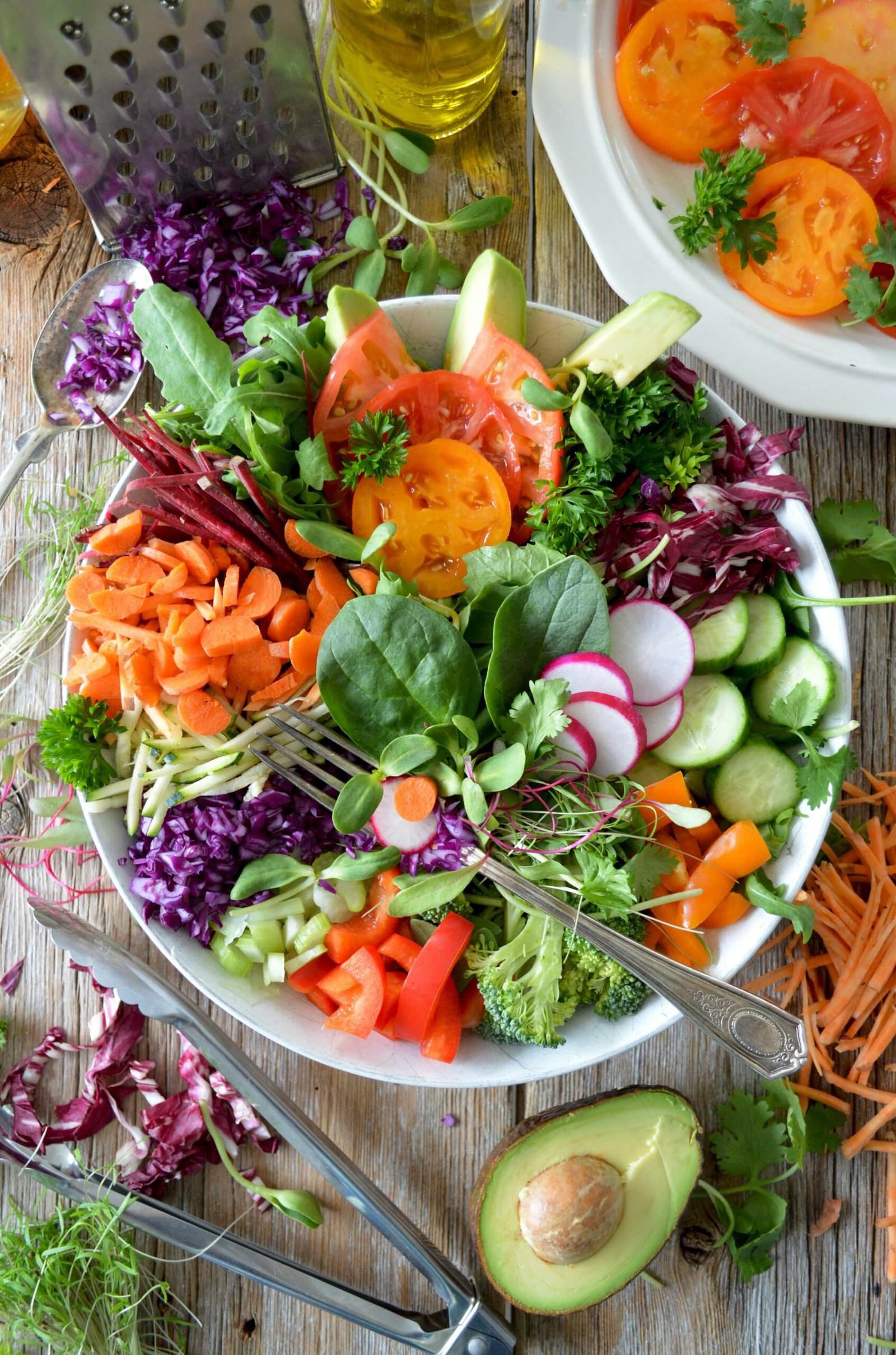
Understanding Picky Eating
Picky eating is a common phenomenon observed in children, often emerging during specific developmental stages. Typically, this behavior manifests between the ages of two and six, coinciding with a child’s growing sense of independence and autonomy. During this period, many children display preferences for certain foods while vehemently rejecting others, leading to concerns among parents regarding nutrition and dietary balance.
Psychological factors play a significant role in the development of picky eating habits. These behaviors may stem from a natural instinct to explore the environment cautiously, as children test their boundaries and make choices for themselves. A child’s taste preferences can be influenced by sensory sensitivity, which involves variances in taste perception, smell, and texture sensitivity. For example, children who are more sensitive may react negatively to strong flavors or unfamiliar textures, resulting in a refusal to eat certain foods. Moreover, societal influences, including the encouragement of certain foods by peers or family, can shape a child’s eating behaviors.
It is essential to distinguish between a selective eater and a picky eater, as this differentiation can impact how parents approach mealtime challenges. Selective eaters may prefer a limited range of foods but are still willing to try new items under certain circumstances. Conversely, picky eaters tend to reject food items outright and show little interest in expanding their diet. Insights provided by child development experts suggest that mealtime dynamics, parental attitudes toward food, and positive exposure to a variety of options can significantly influence a child’s willingness to try new foods.
Understanding these factors is crucial for parents aiming to encourage healthier eating habits and reduce the incidence of picky eating in their children. By fostering an inclusive and positive mealtime environment, parents can help cultivate a more adventurous spirit toward food.
The Role of Presentation in Food Choices
The visual appeal of food plays a crucial role in children’s willingness to try new dishes. When food is presented in an attractive and imaginative manner, it not only enhances the dining experience but also entices children to explore flavors they might otherwise reject. Research has shown that children are more likely to eat a meal if it is colorful and creatively arranged on the plate. Therefore, making food visually appealing can significantly influence their eating habits.
To encourage children to embrace a broader array of healthy foods, it is essential to focus on the presentation. One effective strategy is to use vibrant colors, which can be achieved by incorporating a variety of fruits and vegetables. For instance, a simple salad can be transformed into an appealing dish by combining bright cherry tomatoes, leafy greens, and colorful bell peppers. When children observe a rainbow of colors on their plate, they may feel more inclined to taste each element, fostering curiosity about new flavors and textures.
Beyond color, using fun shapes and designs can amplify the excitement around meal times. Utilizing cookie cutters can create animal-shaped sandwiches, fruit arrangements resembling flowers, or even fun shapes in vegetable pieces. Such creativity not only engages children but also makes healthy options feel more like an adventure. Additionally, involving children in the preparation of these creative presentations allows them to take pride in their meals, increasing the likelihood of trying something new.
Ultimately, the way food is presented can have profound effects on children’s attitudes toward their meals. By emphasizing colors, shapes, and imaginative designs, parents can help combat picky eating tendencies and encourage a healthier and more diverse diet.
Incorporating Hidden Vegetables: A Sneaky Strategy
One effective approach to encourage children to eat a wider variety of foods is the incorporation of hidden vegetables into their meals. Many parents face the challenge of picky eaters who resist traditional vegetable servings. However, with a bit of creativity, it is possible to disguise these nutritious ingredients in ways that children find appealing.
Pureeing vegetables is a practical method to conceal their presence while preserving their health benefits. For instance, cauliflower can be steamed and blended into smooth purées. This can easily be added to mashed potatoes or sauces, enhancing both the texture and the nutrition without any noticeable change in flavor. Similarly, spinach can be finely chopped and mixed into meatballs or pasta dishes like lasagna, where it becomes almost undetectable.
Another innovative option involves the use of smoothies. By combining fruits like bananas or berries with spinach or kale, children can enjoy a delicious drink that is both tasty and packed with vitamins. The key is to focus on using sweeter fruits to mask the distinct taste of vegetables. Additionally, creating healthy baked goods is an excellent avenue for incorporating hidden vegetables. Recipes for muffins or brownies that include grated zucchini or pureed carrots can yield delightful treats that parents can feel good about serving.
Moreover, sauces provide an exceptional opportunity to mix in various vegetables. A homemade tomato sauce can include finely diced peppers, onions, and even carrots, which can enhance the natural sweetness of the sauce. Not only does this strategy promote vegetable consumption among picky eaters, but it also expands the variety of flavors and textures within their diet.
Through these methods, parents can successfully integrate hidden vegetables into their children’s meals, creating a more balanced diet without the fuss typically associated with picky eating habits.
Encouraging Kids to Participate in Cooking
Involving children in the cooking process can significantly influence their eating habits and cultivate a healthier relationship with food. When children participate in preparing meals, they gain not only culinary skills but also a higher level of interest in the food they are eating. This engagement can reduce picky eating tendencies, as kids are more likely to try dishes they helped create. Additionally, cooking together provides an opportunity for quality family time, fostering stronger relationships through collaboration and communication.
Age-appropriate tasks for children can range from simple to complex, depending on their developmental stage. For toddlers, basic tasks such as washing fruits and vegetables or stirring ingredients can be enjoyable and engaging. As children grow older, they can take on more responsibility, such as measuring ingredients, following recipes, or even cooking meals under adult supervision. Each of these tasks not only teaches essential cooking skills but also instills a sense of accomplishment and responsibility in young minds.
Moreover, engaging in cooking activities can serve as an educational experience. By involving children in meal preparation, parents can discuss the nutritional content of various ingredients, encouraging kids to make informed food choices. It can also lead to important lessons about food safety, hygiene, and the importance of a balanced diet. This knowledge empowers children to understand the benefits of the foods they consume, potentially leading to healthier eating behaviors in the future.
Ultimately, fostering participation in cooking can transform the way children perceive and engage with food. By incorporating these practices into family routines, caregivers can help children become more adventurous eaters, promoting an overall healthier lifestyle. Emphasizing fun and creativity in the kitchen can demystify food preparation and lay the groundwork for positive lifelong habits.
Recipe 1: Colorful Veggie Pizza
Making a colorful veggie pizza is an engaging way to encourage children to enjoy a variety of vegetables. This recipe not only allows for customization but also introduces children to the concept of healthy eating through a fun and interactive meal. Here are the ingredients you’ll need:
Ingredients:
- 1 pre-made pizza dough (store-bought or homemade)
- 1 cup pizza sauce (store-bought or homemade)
- 1 ½ cups shredded mozzarella cheese
- 1 bell pepper (any color), diced
- 1 cup cherry tomatoes, halved
- 1 cup spinach leaves, chopped
- 1 small zucchini, sliced
- ½ cup black olives, sliced
- 1 teaspoon dried oregano
- 1 teaspoon garlic powder
Instructions:
- Preheat your oven to 475°F (245°C).
- Roll out the pizza dough on a floured surface to your desired thickness.
- Transfer the rolled-out dough onto a pizza stone or a baking sheet lined with parchment paper.
- Spread the pizza sauce evenly over the dough, leaving a small border around the edges.
- Sprinkle the shredded mozzarella cheese generously over the sauce.
- Now it’s time for the fun part! Allow the kids to decorate the pizza with the colorful veggies. Start with the bell pepper, followed by cherry tomatoes, spinach, zucchini, and black olives.
- Sprinkle the dried oregano and garlic powder on top of the vegetables for added flavor.
- Bake the pizza in the preheated oven for 12-15 minutes or until the crust is golden and the cheese is bubbly.
- Once baked, allow the pizza to cool slightly before slicing. Serve warm, encouraging everyone to admire the colorful array of veggies.
Engaging children in the preparation can make them more inclined to try new healthy foods like vegetables. With each vibrant topping, children will not only relish the experience of creating their pizza but also appreciate the flavors of the healthy ingredients.
Recipe 2: Sneaky Spinach Smoothie
Introducing the Sneaky Spinach Smoothie, an excellent way to incorporate nutritious greens into your child’s diet without them even realizing it. This delightful smoothie combines the vibrant taste of fruits with the health benefits of spinach, creating a creamy and satisfying drink that is both nutritious and enjoyable. By seamlessly blending spinach into this recipe, you can encourage healthier eating habits in your children.
To prepare this smoothie, you will need the following ingredients: one ripe banana, one cup of fresh spinach leaves, one cup of unsweetened almond milk (or any milk of your choice), a half-cup of plain yogurt (preferably Greek for added protein), and one tablespoon of honey or agave syrup for sweetness. Optionally, you can also add a handful of ice for a refreshing chill and a tablespoon of nut butter for extra creaminess and nutrition.
Begin by washing the fresh spinach thoroughly to remove any dirt or debris. Then, in a blender, combine the banana, spinach leaves, almond milk, yogurt, and honey. If you opted to include ice and nut butter, add them at this stage as well. Blend the mixture on high until smooth and creamy, ensuring that all the spinach is well incorporated. The result should be a thick and vibrant green smoothie that masks the spinach flavor with the sweetness of the banana and the creaminess of the yogurt.
Serve the Sneaky Spinach Smoothie immediately in a colorful glass or a fun cup to make it more appealing to children. You may also involve your children in the preparation process, encouraging them to participate and take ownership of their meals. This interactive experience can lead to a positive attitude towards trying new foods. Through recipes like this, parents can directly address the challenge of picky eating by presenting vegetables in a familiar and enjoyable format.
Creative Fruit Kabobs
Fruit kabobs represent an engaging and visually appealing way to introduce a variety of fruits to children, making healthy eating a fun experience. To create these delicious and colorful treats, parents can utilize an array of seasonal fruits that not only provide essential nutrients but also stimulate curiosity in young eaters. Common fruit choices include strawberries, bananas, grapes, kiwi, and pineapple, all of which are rich in vitamins and minerals. By combining these fruits in unique patterns, parents can help spark their children’s interest and encourage them to explore different flavors.
When preparing creative fruit kabobs, it is important to involve children in the process. Allowing them to participate in selecting the fruits can empower them to make healthier choices. Using skewers or toothpicks, children can help thread the fruit pieces onto the sticks, mixing colors and shapes to create appealing combinations. For instance, alternating between red strawberries, yellow pineapple, and green kiwi can create a rainbow effect that is visually enticing. This visual stimulation can motivate children to try the different fruits they might otherwise avoid.
Additionally, parents can get creative with presentations. For example, arranging the kabobs in the shape of animals or characters can make the meal more inviting. Another idea is to provide a yogurt dip or a drizzle of honey on the side, making the experience more interactive and enjoyable. Remember, the key to reducing picky eating is to foster a positive attitude towards fruits and vegetables. By serving them in an exciting format like fruit kabobs, parents can help children develop a taste for diverse flavors and textures, ultimately leading to a more balanced diet.
Recipe 4: Hidden Veggie Pasta Sauce
Creating a nutritious pasta sauce that children will enjoy can be a challenge, particularly when trying to incorporate vegetables without them noticing. The Hidden Veggie Pasta Sauce is an excellent idea for families looking to enhance their children’s diet while maintaining flavors they love. This recipe combines tomatoes with an assortment of finely chopped vegetables to create a delicious sauce that masks the flavors of the added nutrients.
To prepare this flavorful sauce, begin by gathering the following ingredients: 1 can of crushed tomatoes, 1 zucchini, 1 carrot, 1 bell pepper, 1 onion, 2 cloves of garlic, olive oil, and your favorite herbs such as basil and oregano. Start by finely chopping the onion, garlic, and other vegetables. The finer the chop, the less noticeable they will be in the sauce.
In a medium saucepan, heat 2 tablespoons of olive oil over medium heat. Add the chopped onion and garlic, sautéing until they become translucent. This will not only enhance the flavor but also create a fragrant base that will entice even the pickiest of eaters. Following this, introduce the zucchini, carrot, and bell pepper to the saucepan, stirring occasionally for about 5 minutes. The goal is to soften the vegetables while allowing them to blend seamlessly into the sauce.
Once the vegetables are tender, pour the can of crushed tomatoes into the mixture. Stir well and add herbs to your taste. Allow the sauce to simmer for 20 minutes on low heat. This simmering process helps meld the flavors together, ensuring that the vegetables fully integrate with the tomato base. You can even blend the sauce with an immersion blender for an even smoother texture.
Serve the Hidden Veggie Pasta Sauce over whole grain or vegetable-enhanced pasta for a truly wholesome meal. This strategy not only introduces new flavors but also provides an opportunity for children to enjoy a nutrient-packed dish without realizing they are eating their veggies. Family dinners can become enjoyable occasions that foster healthier eating habits through creativity in cooking.
Recipe 5: Fun DIY Taco Bar
A DIY taco bar can be an excellent way to engage children in the cooking process while promoting healthy eating habits. By allowing children to assemble their own tacos, you encourage creativity, foster independence, and make mealtime a fun and interactive experience. This setup not only appeals to picky eaters but also provides an opportunity for parents to introduce a variety of nutritious ingredients.
To create your taco bar, start with a selection of whole grain or corn tortillas as the base. You may consider offering both soft and hard shell options to cater to different preferences. Next, include an array of protein choices to add essential nutrients. Options such as grilled chicken, lean ground turkey, or black beans can serve as healthy foundations for the tacos. For those seeking plant-based alternatives, shredded tofu or lentils are also great choices that can be flavored similarly to traditional meat options.
On the toppings side, incorporate various colorful vegetables that add both nutrition and a pop of freshness. Chopped lettuce, diced tomatoes, sliced bell peppers, and shredded carrots provide a crunchy texture, while ingredients like avocado or guacamole offer healthy fats. Additionally, mild salsa and plain Greek yogurt can serve as delightful alternatives to sour cream, further promoting healthy decisions.
To spice things up, include a selection of cheeses, such as shredded cheddar or crumbled queso fresco. Finally, allow children to add their personal touch with toppings like corn, olives, or jalapeños. Not only does this customizable taco bar allow children to experiment with different flavors and textures, but it also empowers them to make healthier choices in a fun and engaging way. This family-friendly recipe fosters a positive relationship with food while combating pickiness in young eaters.

